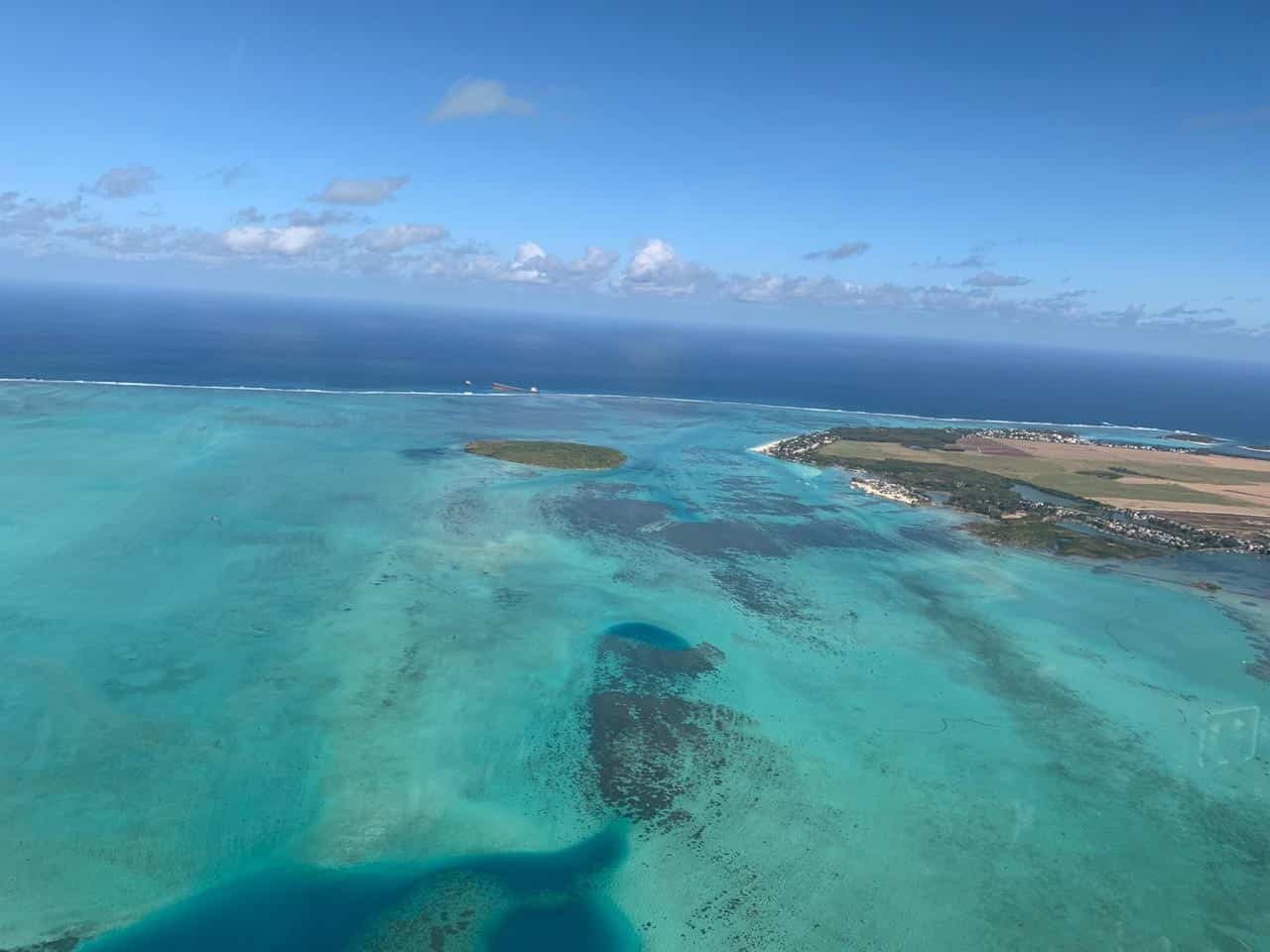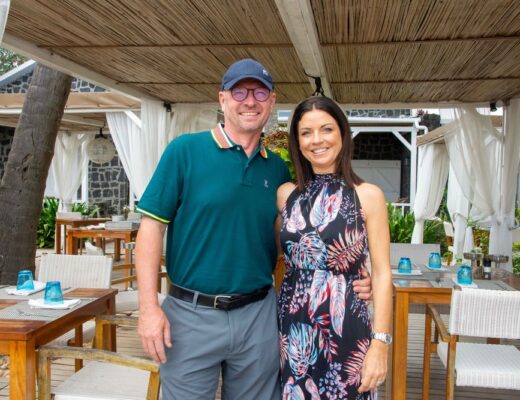Discover the breathtaking and hidden landscapes of the different islets surrounding the island. If you love nature and have a passion for endemic species, sail off and live a Robinson Crusoe experience on a secluded beach.
Eight kilometres off the northern coast, distinctive by its silhouette and peak, stands Coin de Mire (Gunner’s Quoin). 160 metres above sea level, the islet is classified as a natural reserve and is home to several endemic species including the famous Blue Latan Tree, the Heliotrope Tree and several species of geckos. During your visit you will be greeted by the graceful flight of the Phaethon (paille-en-queue), the island’s iconic bird that nests in its high cliffs.

With 253 hectares, Île Plate also known as Flat Island is one of the largest Mauritian islets. 11 kilometres off the northern shore of Mauritius, this island still bears the marks of the past. The history buffs will be delighted to discover a lighthouse dating back to 1855 that is still in working condition. If you are looking for an adrenaline rush, head to the Pigeon Rock, dive in the shark pool and swim among one of the greatest predators of the ocean.
Discover our high-end properties with an amazing view of Coin de Mire
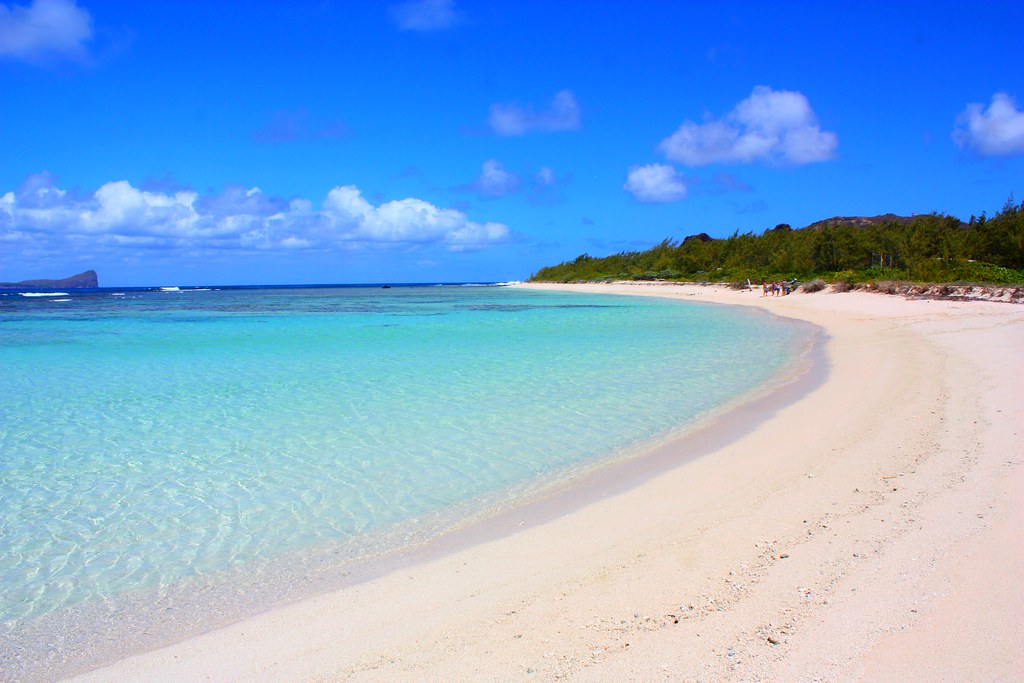
During the 19th century, Île Plate was a quarantine station set up by the British. People suffering from contagious diseases were quarantined there and the remains of this era can still be seen.
In the north-eastern region of Mauritius sail towards Île Ambre, which lies not too far from the shore and then explore the mangroves and the small islets nearby: Mounick, Matapan and Canarde. Further north, you will come across Round Island, another botanical treasure. This basaltic cone is home to many endemic fauna and flora specimen such as the Bottle Palm, the Telfair Skink and snakes, especially Schlegel’s Boas and Casarea Dussumieri (an endangered species).
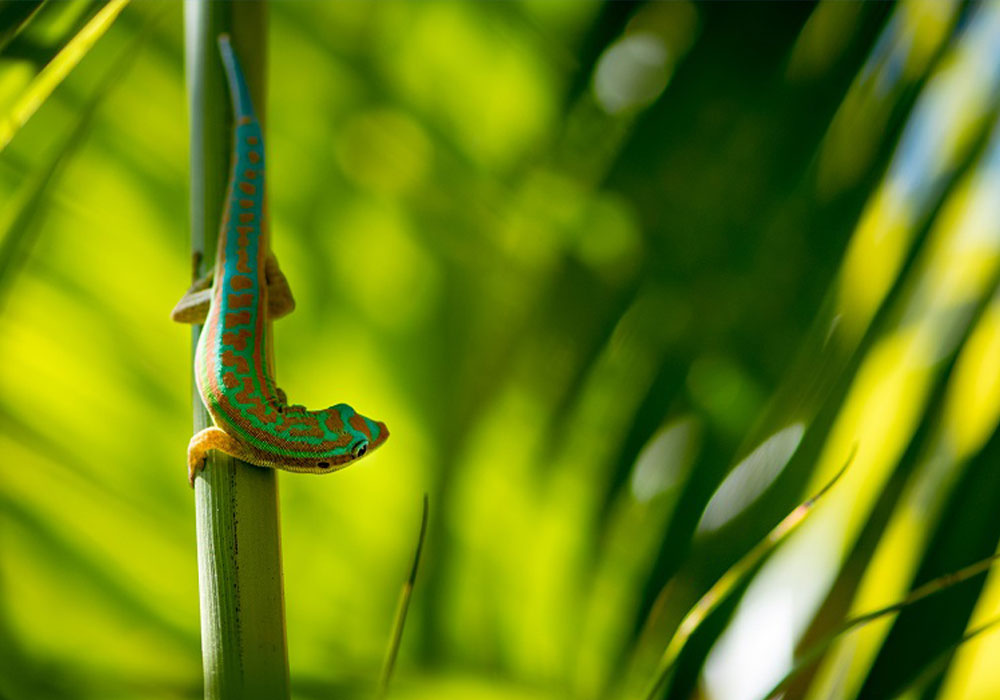
Île aux Serpents, is home to thousands of seabirds that live there all year round. Roughly translated, the name of this islet literally means serpent island. Though, surprisingly no serpents can be found there. Fun fact, this wildlife nature park is not far from Round Island where serpents are commonly found.
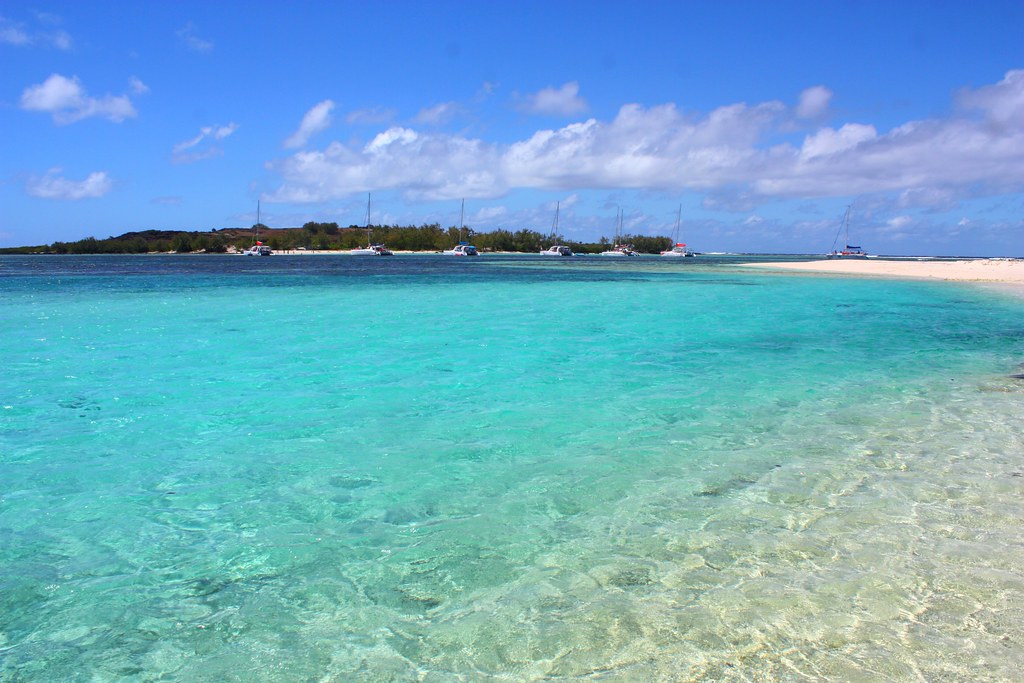
Île aux Aigrettes is a coral island located in the south-east coast of Mauritius one kilometre off the shore of Pointe d’Esny. Walk through an ebony forest and discover an exceptional flora and fauna. Île aux Aigrettes is a sanctuary for reptiles including the Telfair Skink, the Day Gecko and the Aldabra Giant Tortoise.
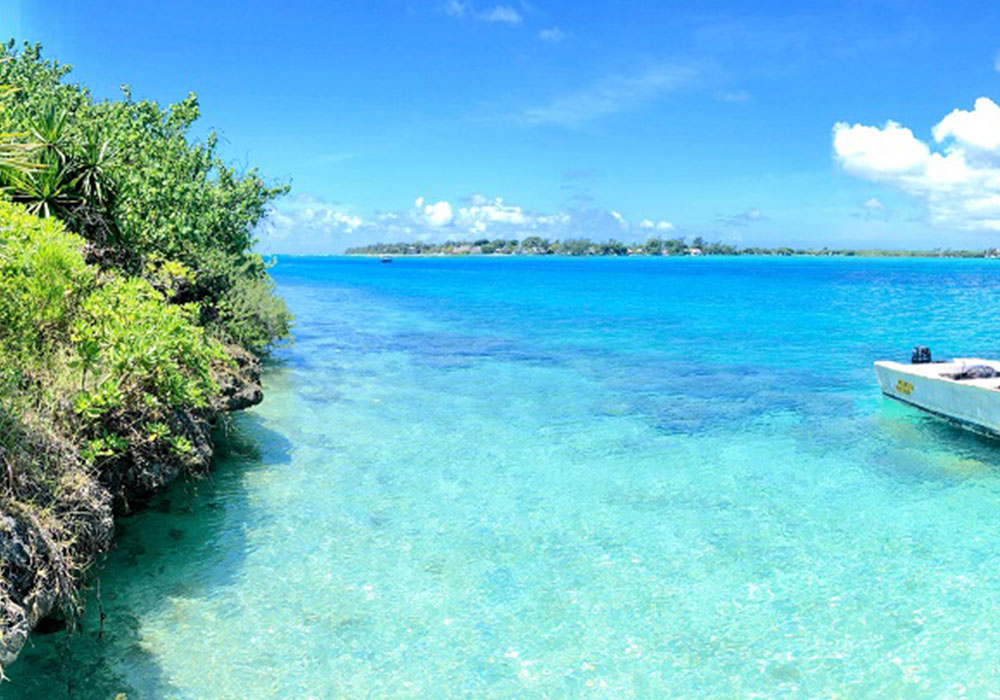
Île aux Cerfs is a popular destination for tourists. With its pristine beaches lined with coconut palms and turquoise water, the island is an ideal getaway.
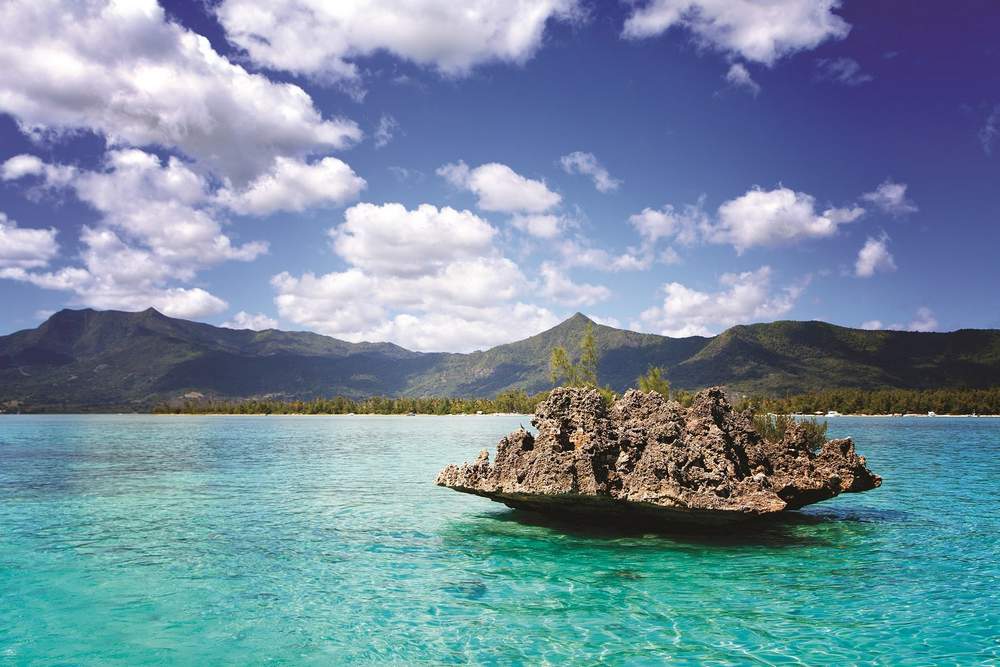 Only 20 minutes by boat from Poudre-d’Or, Îlot Bernaches provides the ideal setting for a picnic. We can’t ask for more.
Only 20 minutes by boat from Poudre-d’Or, Îlot Bernaches provides the ideal setting for a picnic. We can’t ask for more.
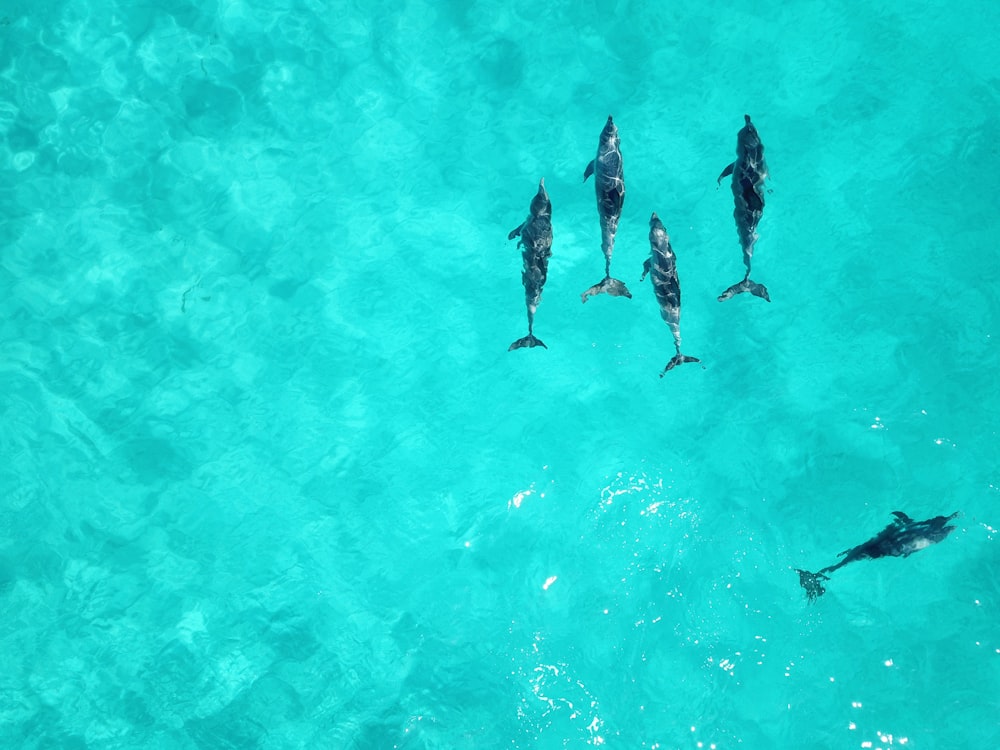
In the south east region of the island is found, Île de la Passe. Located in the bay of Grand Port, this rocky islet served as a maritime surveillance outpost during the Napoleonic era. Being the island’s main port at the time the islet was a witness to Napoleon Bonaparte’s unique naval victory against the British frigates. This success is commemorated on the Arc de Triomphe in Paris.
Île aux Fouquets, also known as Île au Phare, is not far from Île de la Passe. There you can explore the old lighthouse built during the British colonial period in the 1860s.



